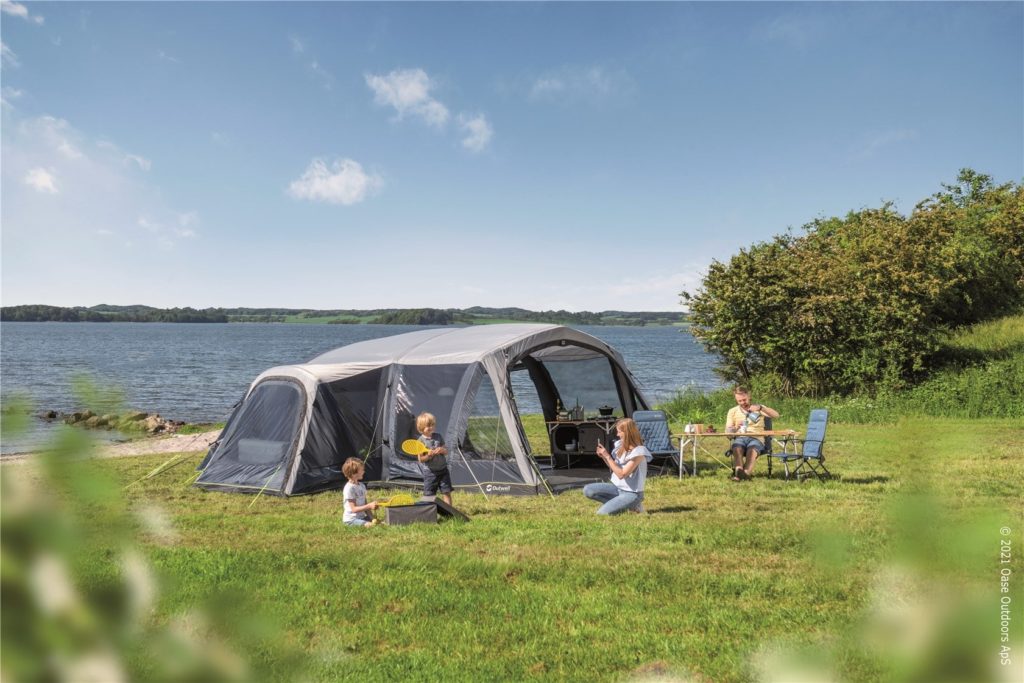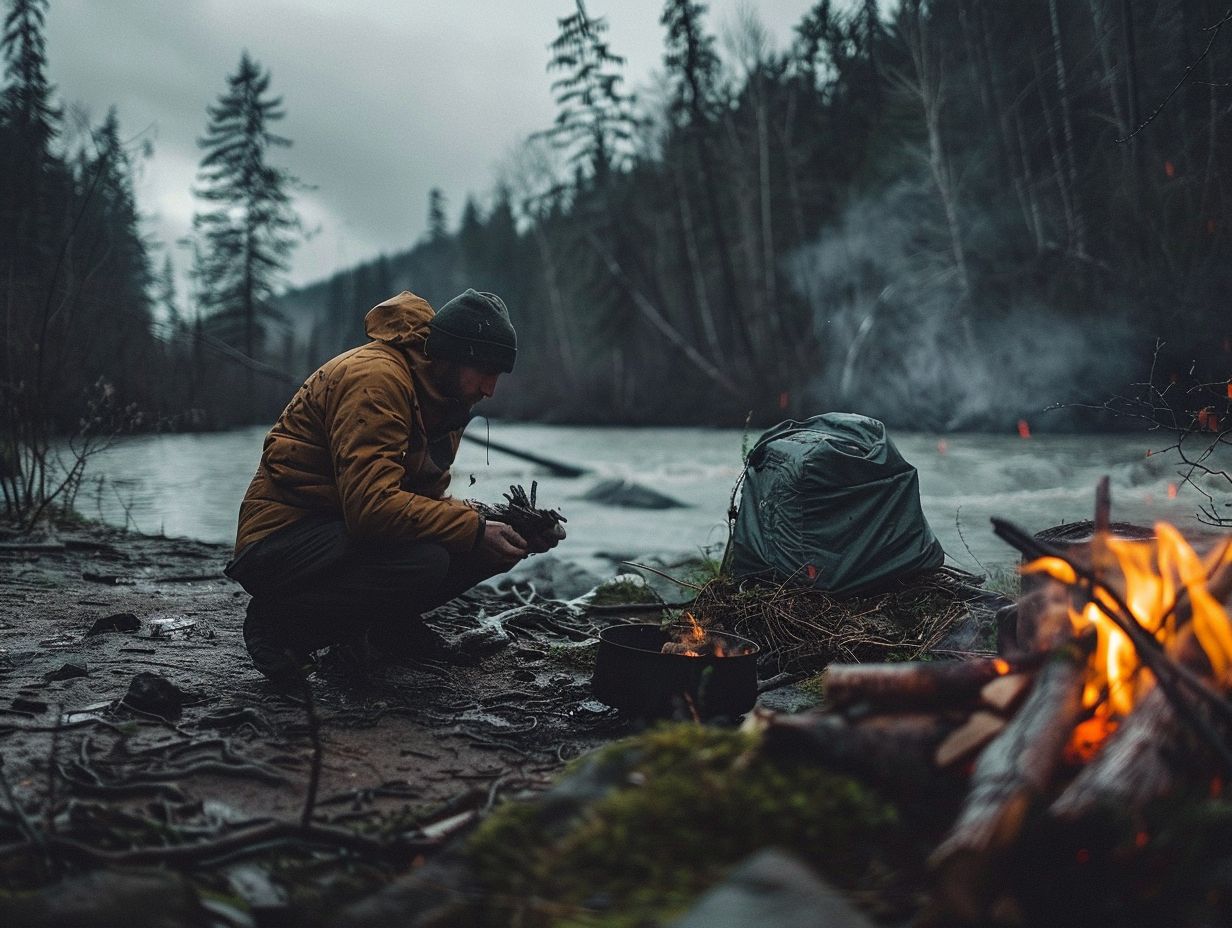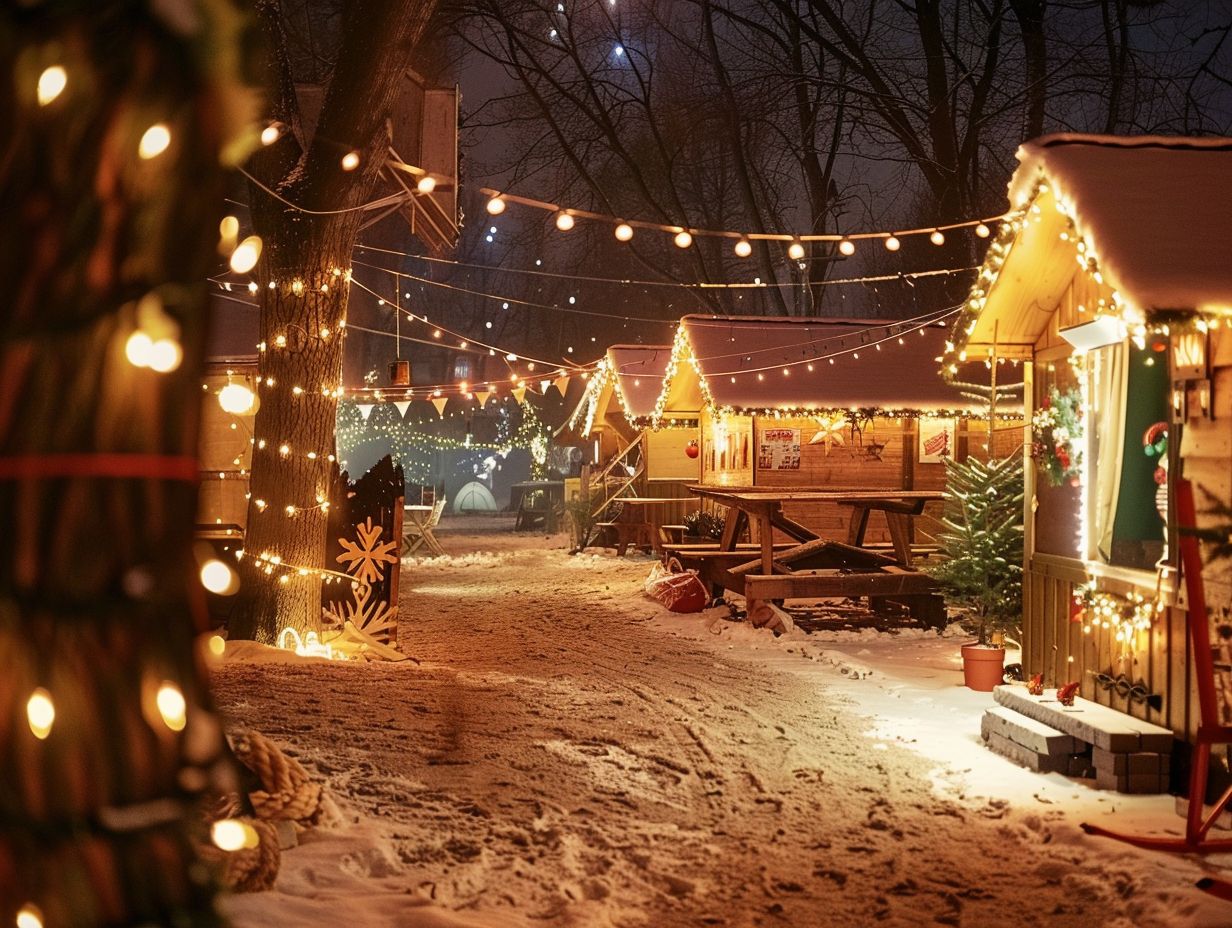A Guide to Wild Camping
What does Wild Camping mean?
Simply put its camping away from unofficial and organised camp sites.
While they are are over 9,000 campsites in the UK – some people prefer to just find a spot and pitch their tent.
Some sites are “back to basic” type campsites, but these still aren’t wild camping but a middle ground between the two.

Wild Camping in the UK
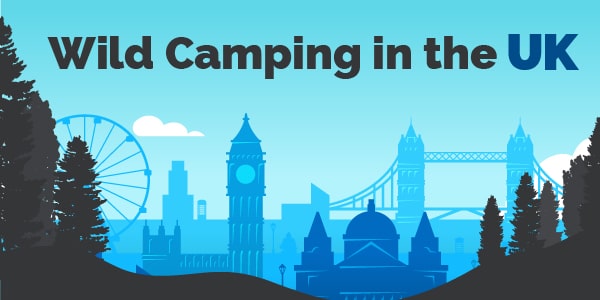
Excluding Scotland, wild camping is pretty much illegal everywhere else in Britain, that’s not to say it doesn’t happen but be mindful that your are technically breaking the law, but if you stick to the rules below you should be ok.
These rules also apply in Scotland where Wild Camping is allowed in most places. Legally you need permission from the land owner to camp, for campsites that is easy.

The Rule of Wild Camping
- Camp above the highest fell wall and not near towns and villages
- Don’t light fires
- Leave No Trace (see below for a more detail explanation on this)
- Pitch after dark
- Leave just after sunrise
- Don’t camp near paths
- Camp only in small groups
- take away everything you brought
- Toilets – at least 100 feet (30 metres) away from water and bury the results (always carry a trowel)
- When pitching tents try to make sure they can’t be seen from a distance away
Leave No Trace (LNT)
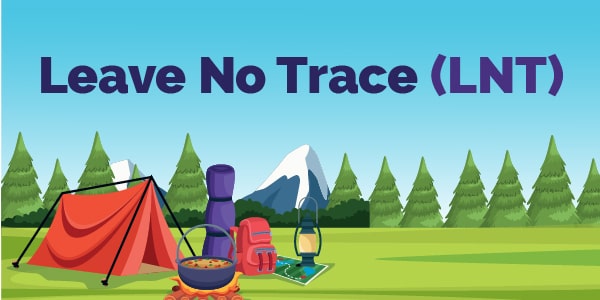
Is Wild Camping Safe?

How do you pick wild camping spots?
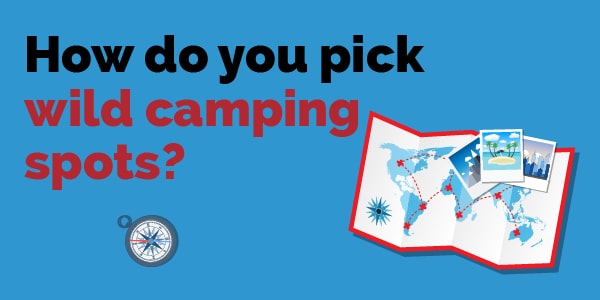
Whats is your tips for wild camping, share away in the comments below.
Recent Comments
More great articles
10 Common Blunders That Spoil Family Camping Trips
The Best Portable Grills For Campsite Cooking
Exploring Historical Ruins Near Campsites
Preparing For Camping In Wet Weather
Guide To Foraging While Camping
Festive Camping Christmas Markets Near Campsites

Based in Liverpool, Sophie Bray is the Senior Editor at Camping Sites in Britain. Previously she has worked for The Huffington Post. Sophie is a graduate of English Literature at the University of Manchester.

